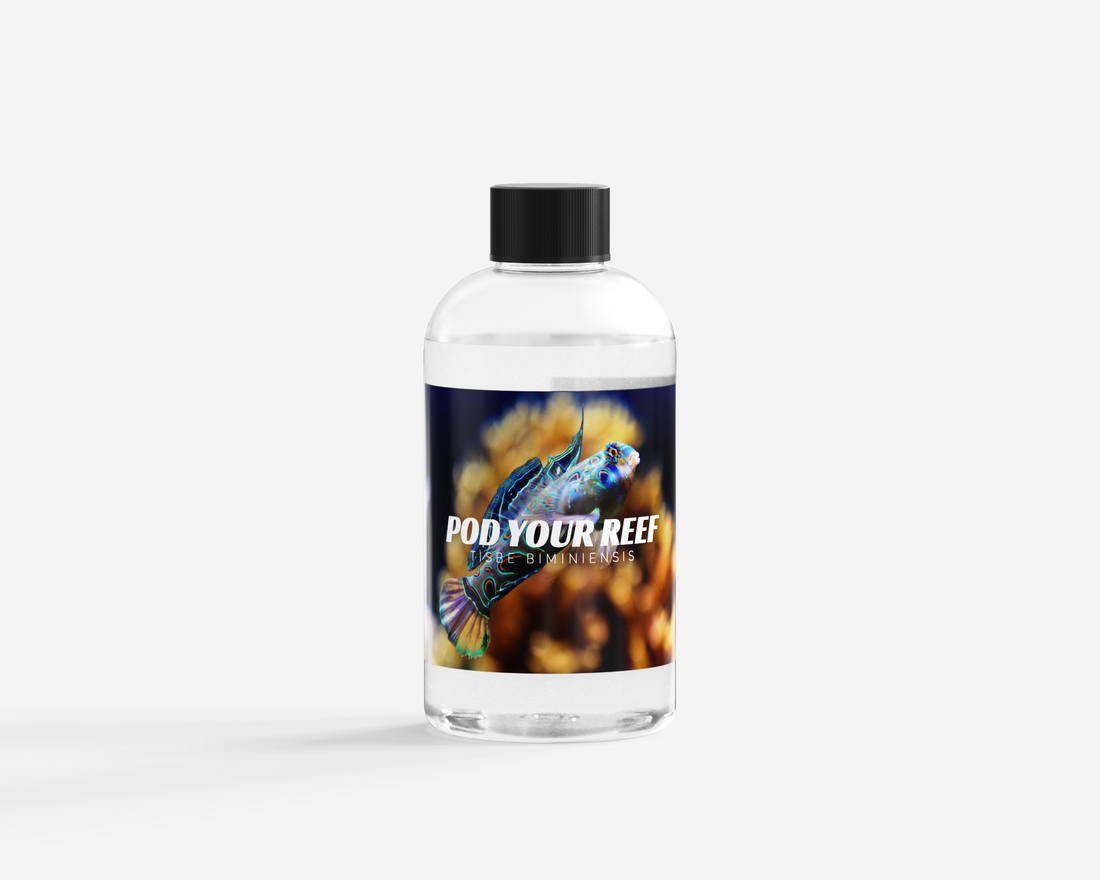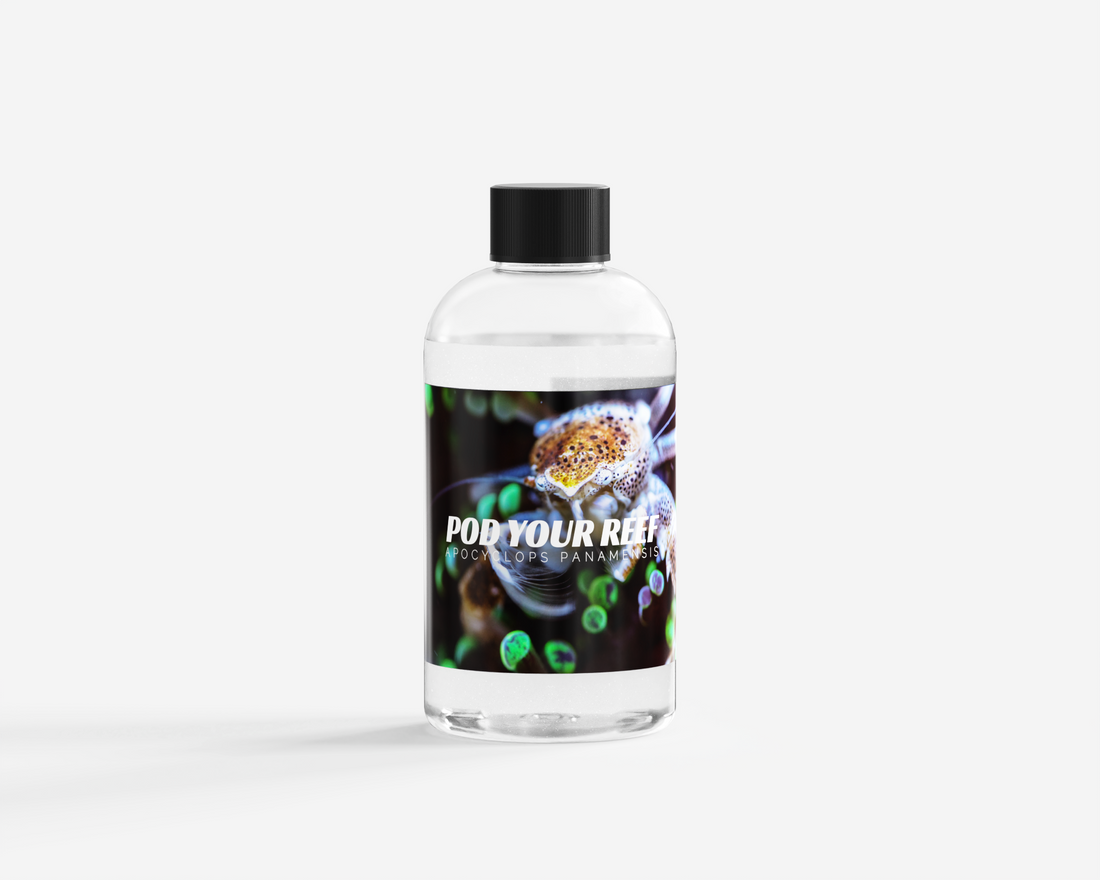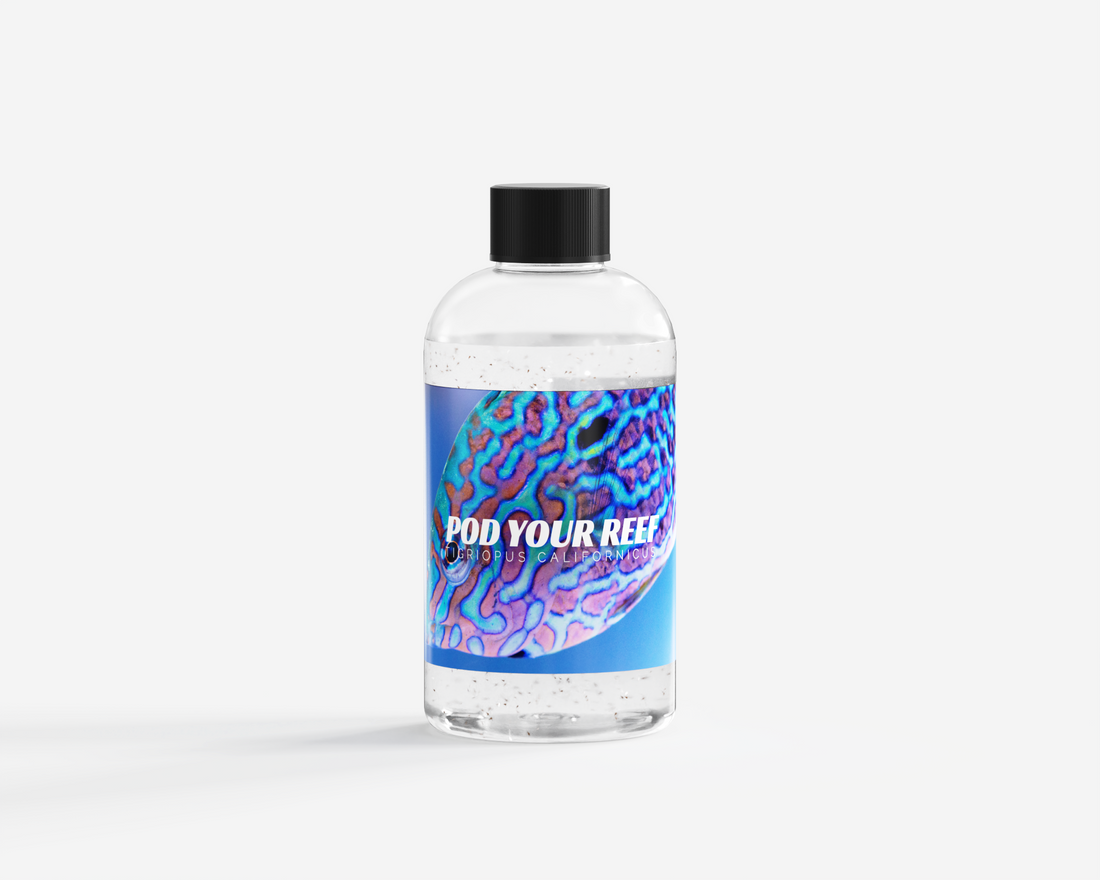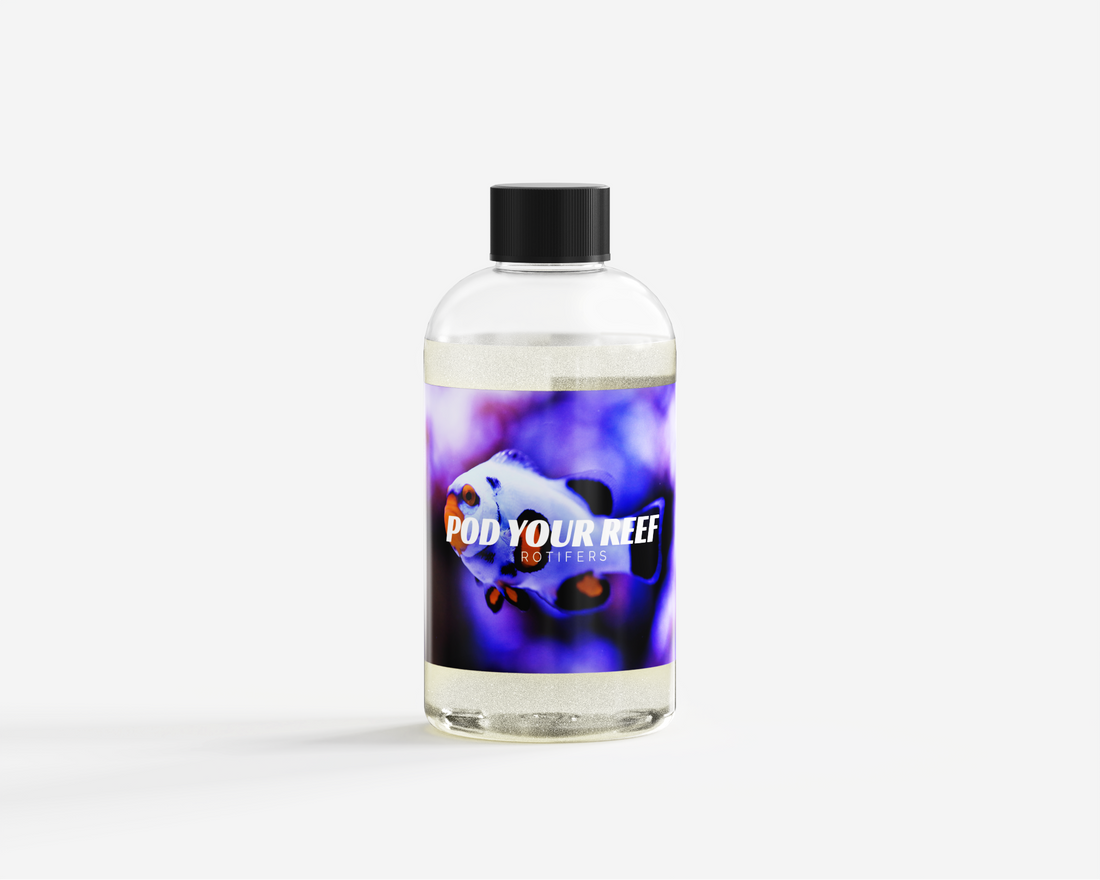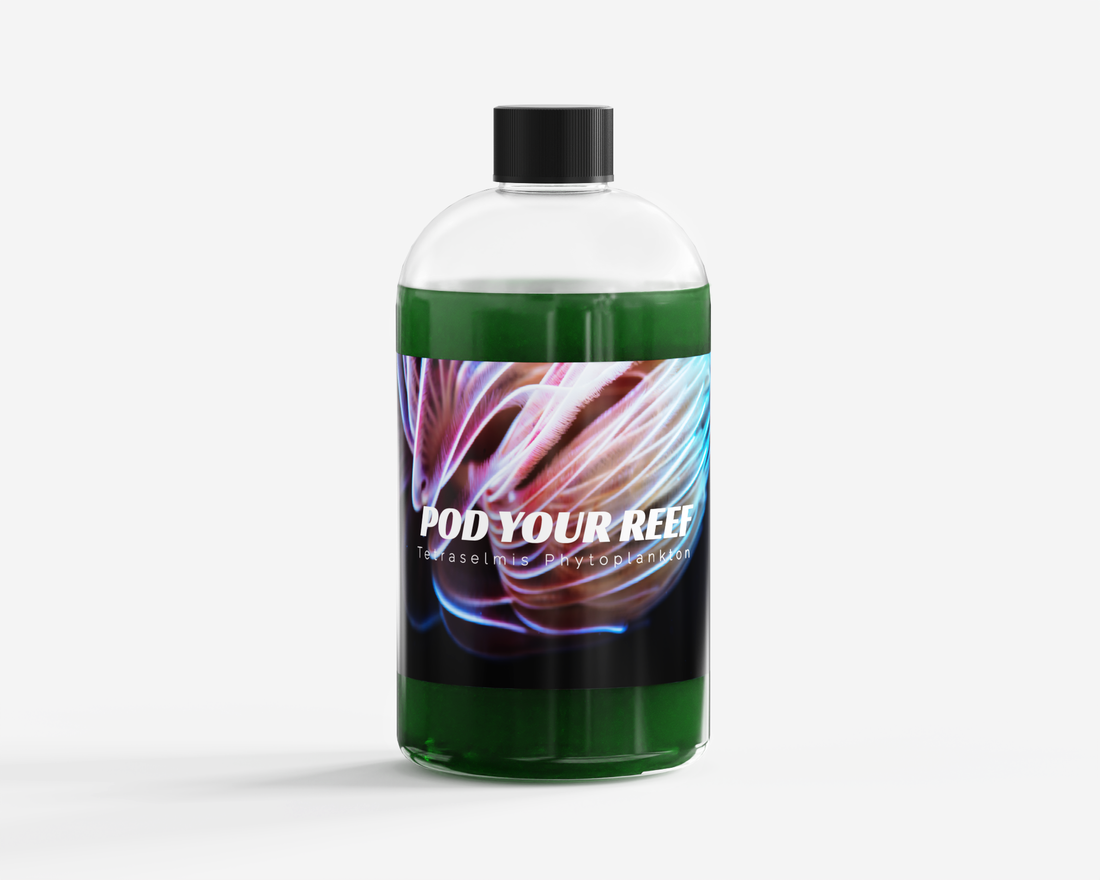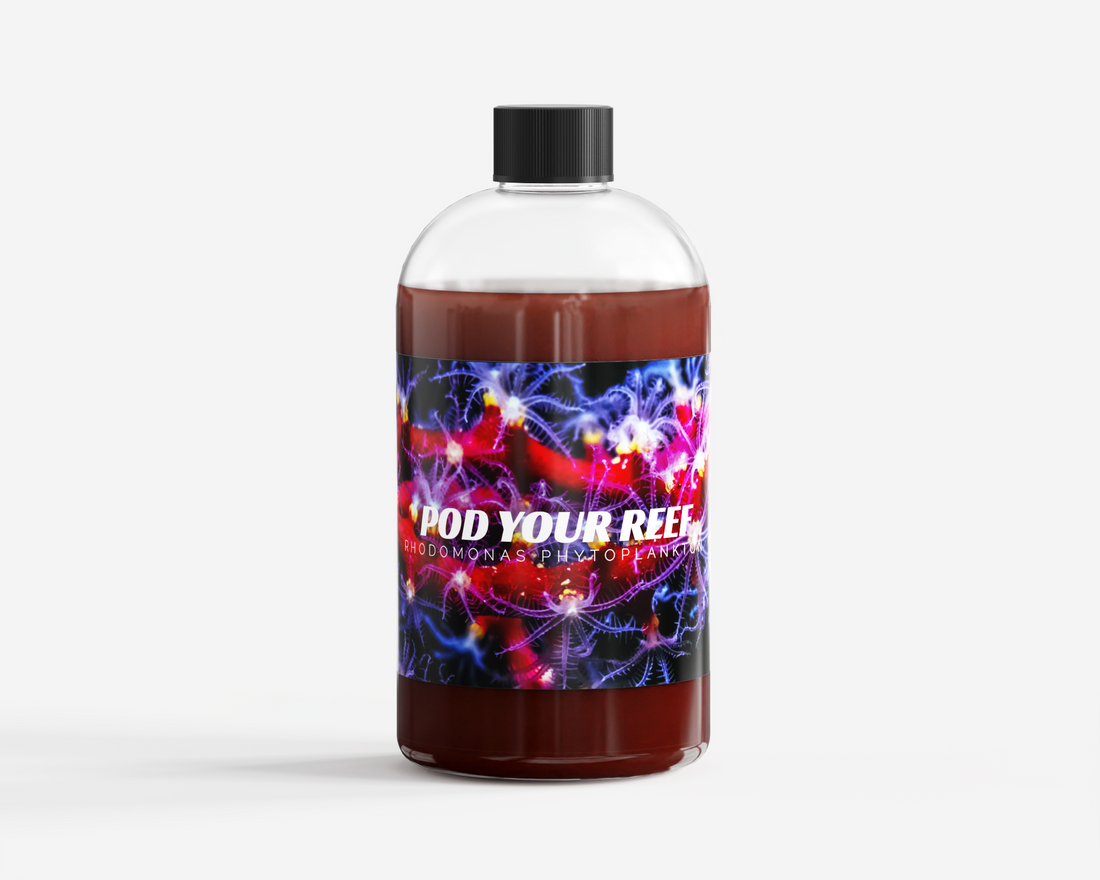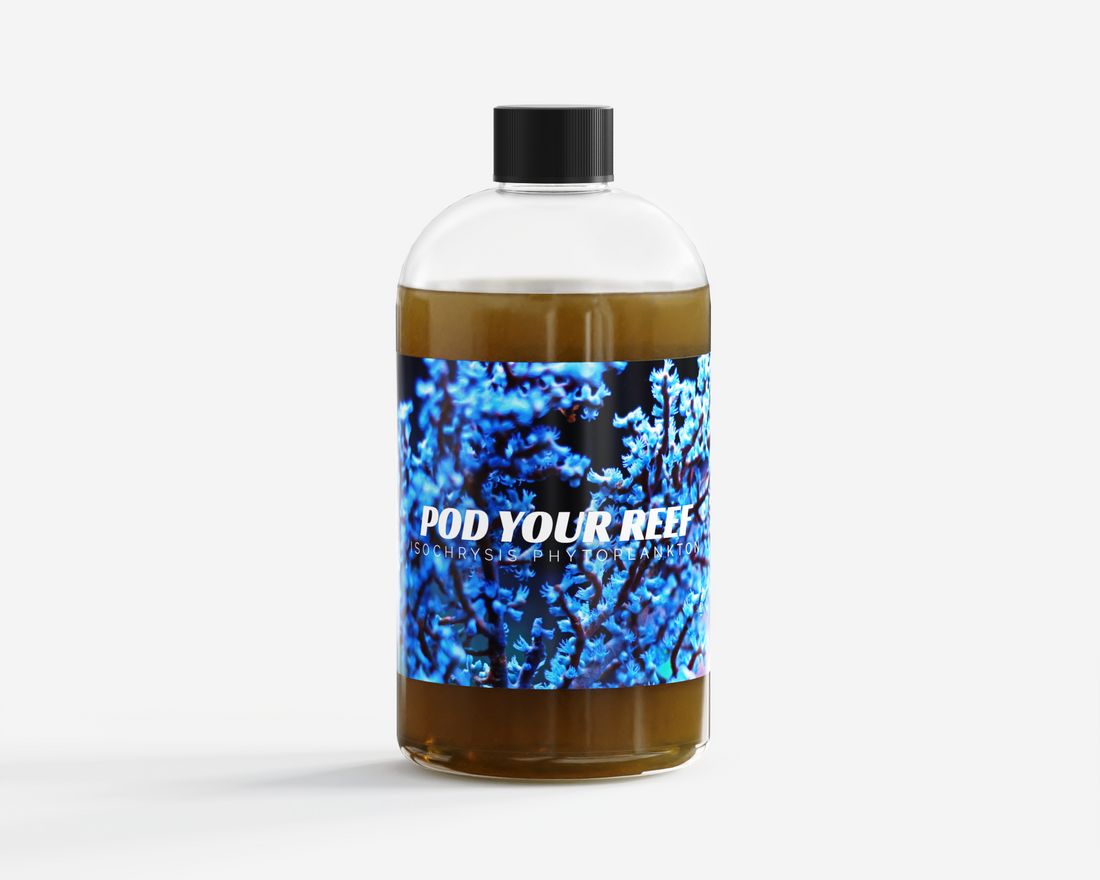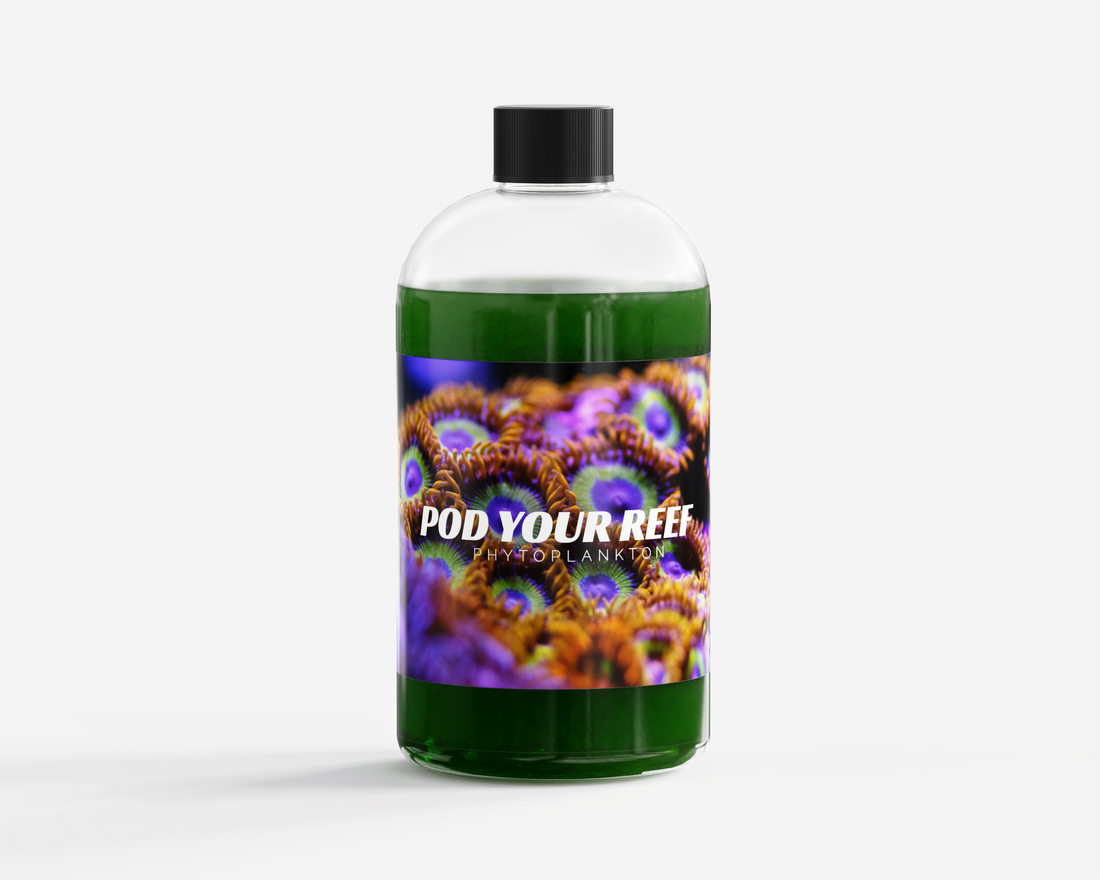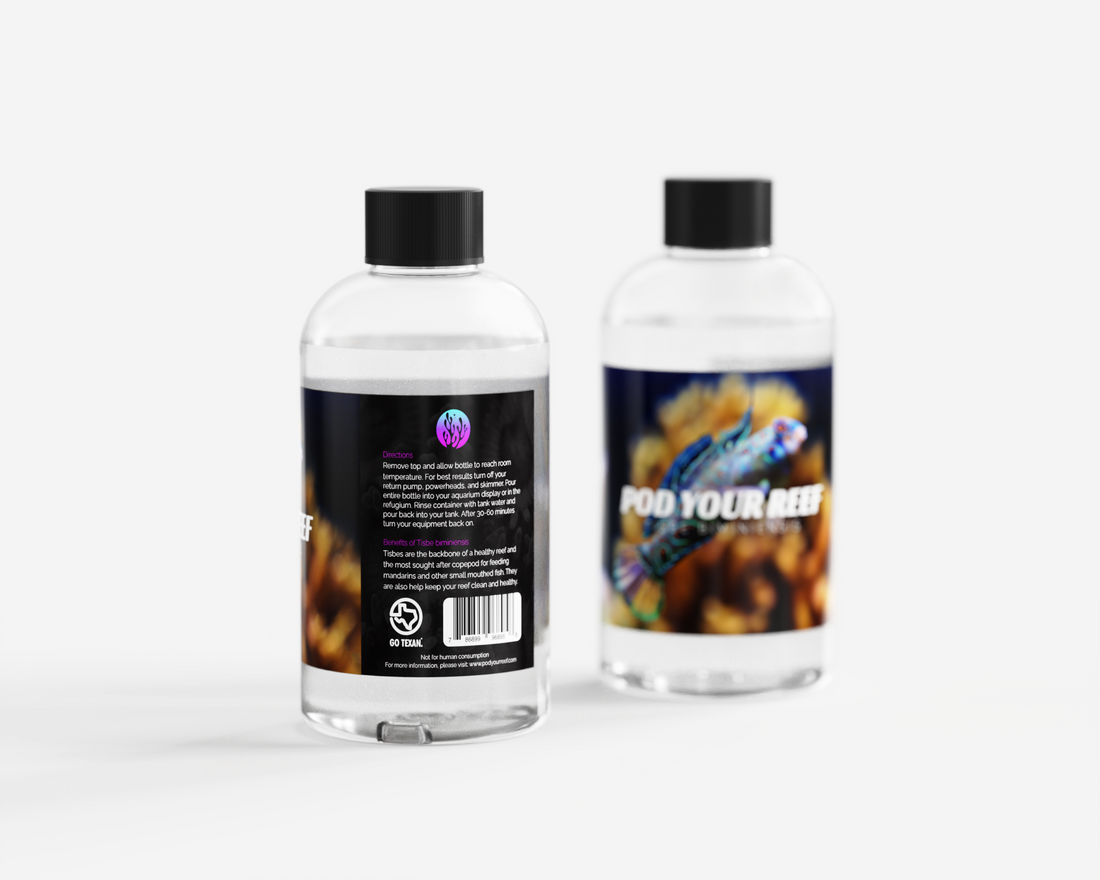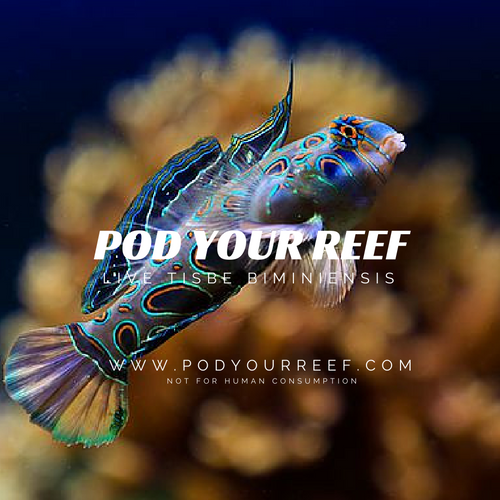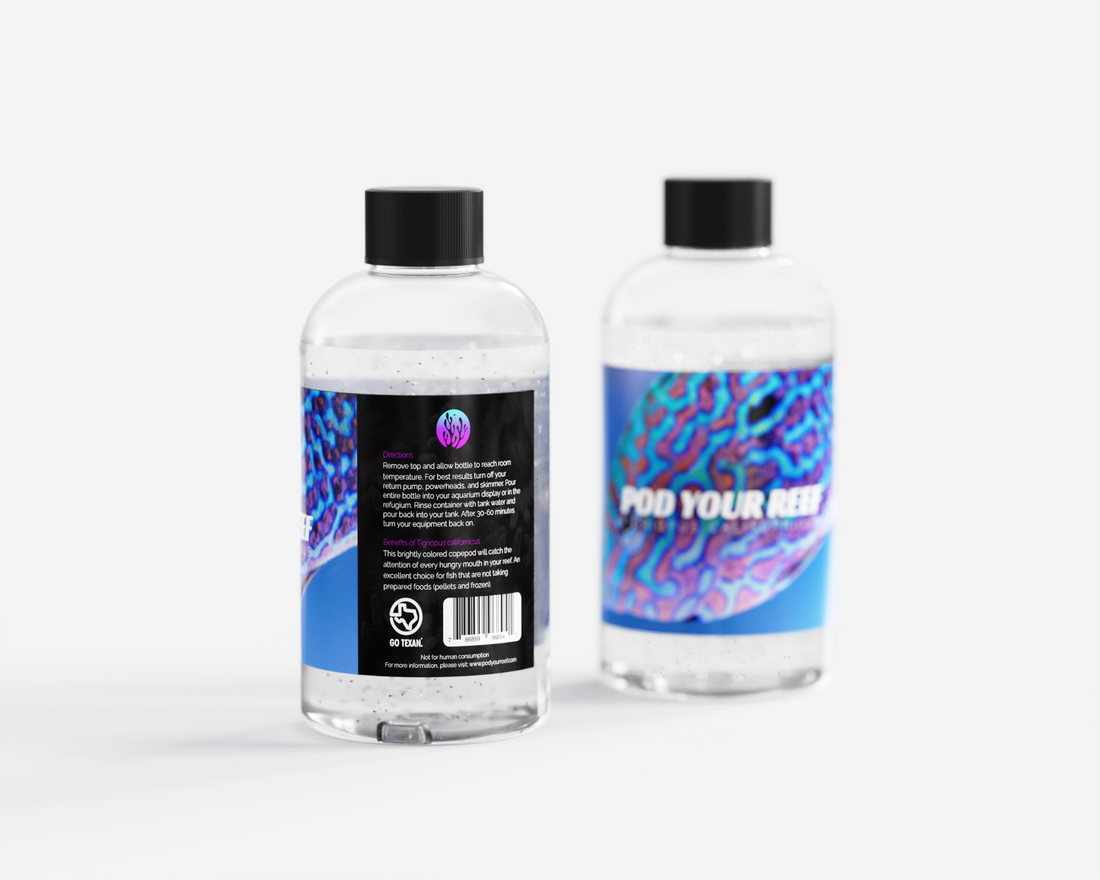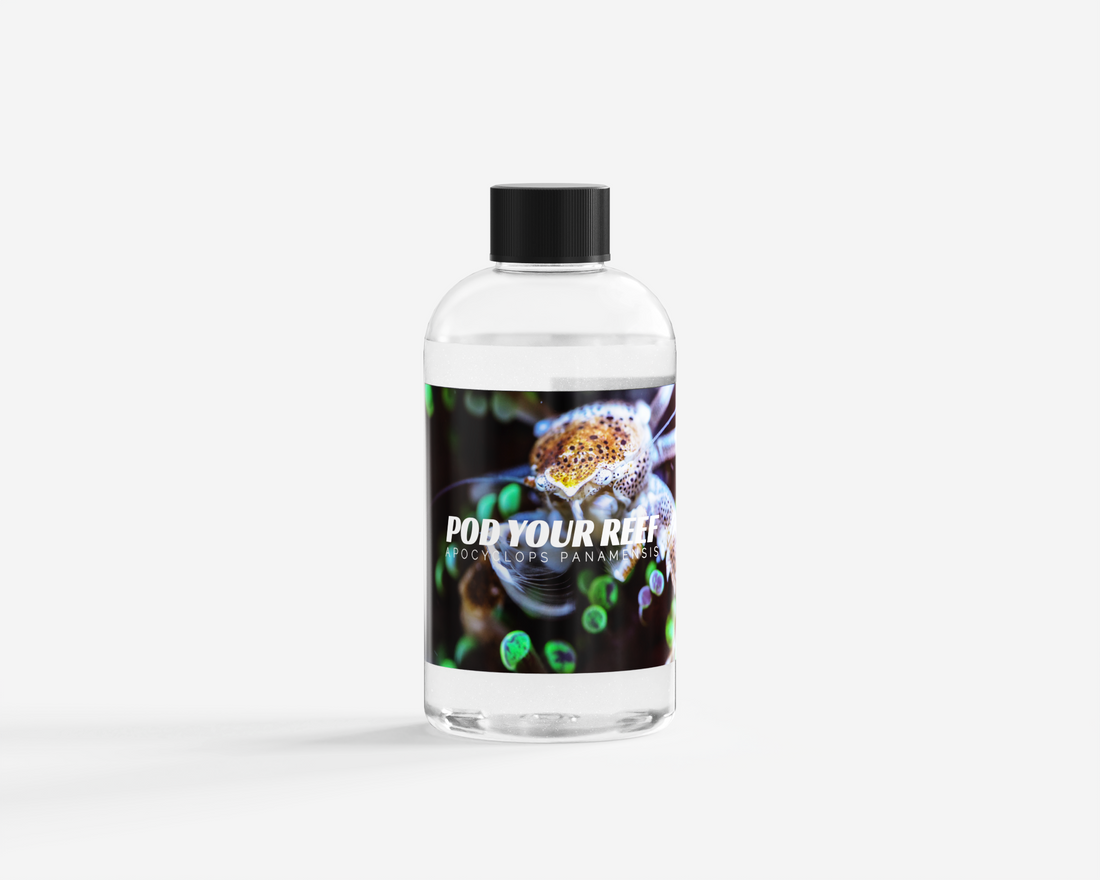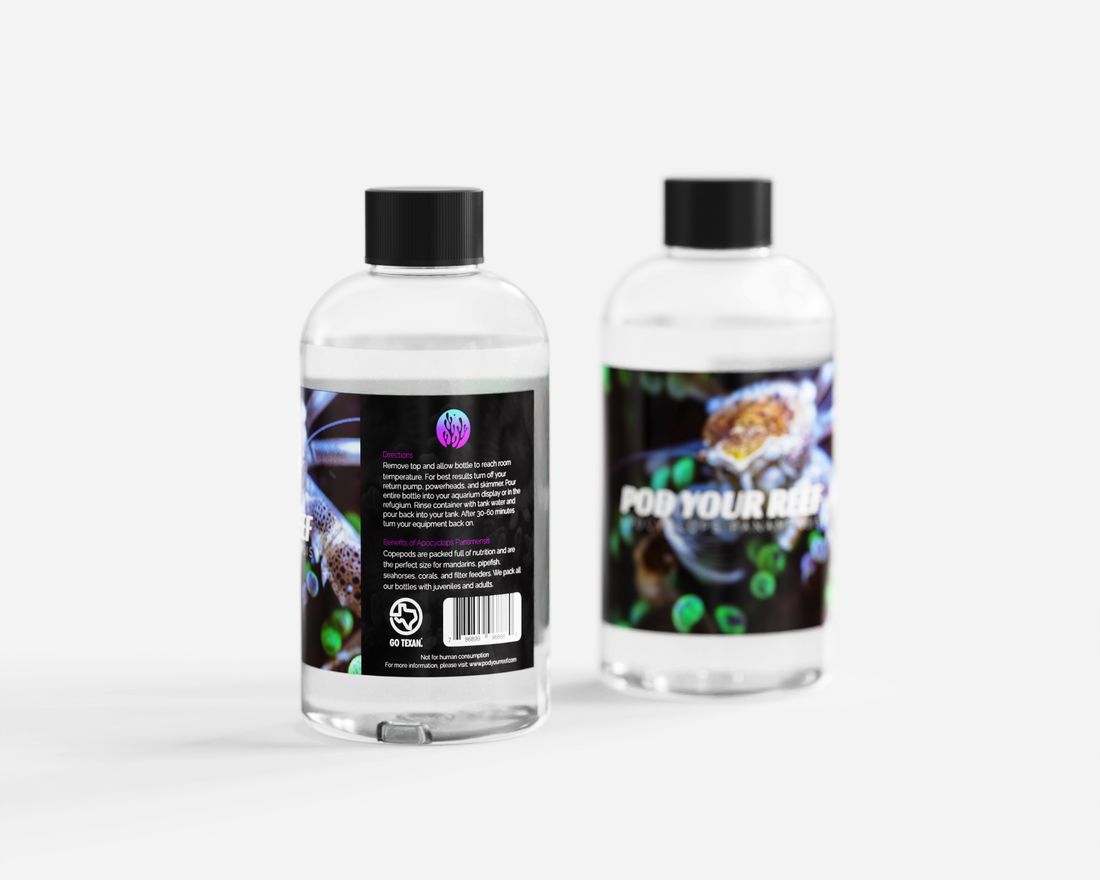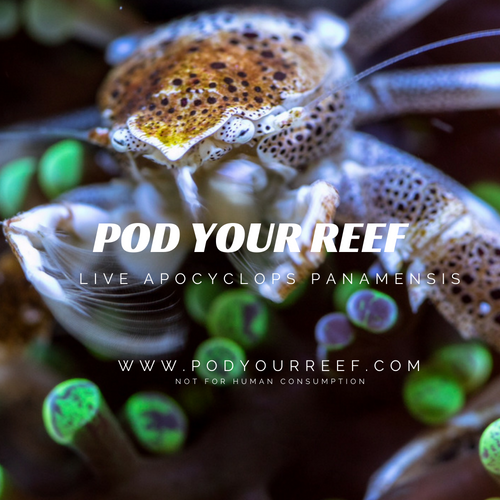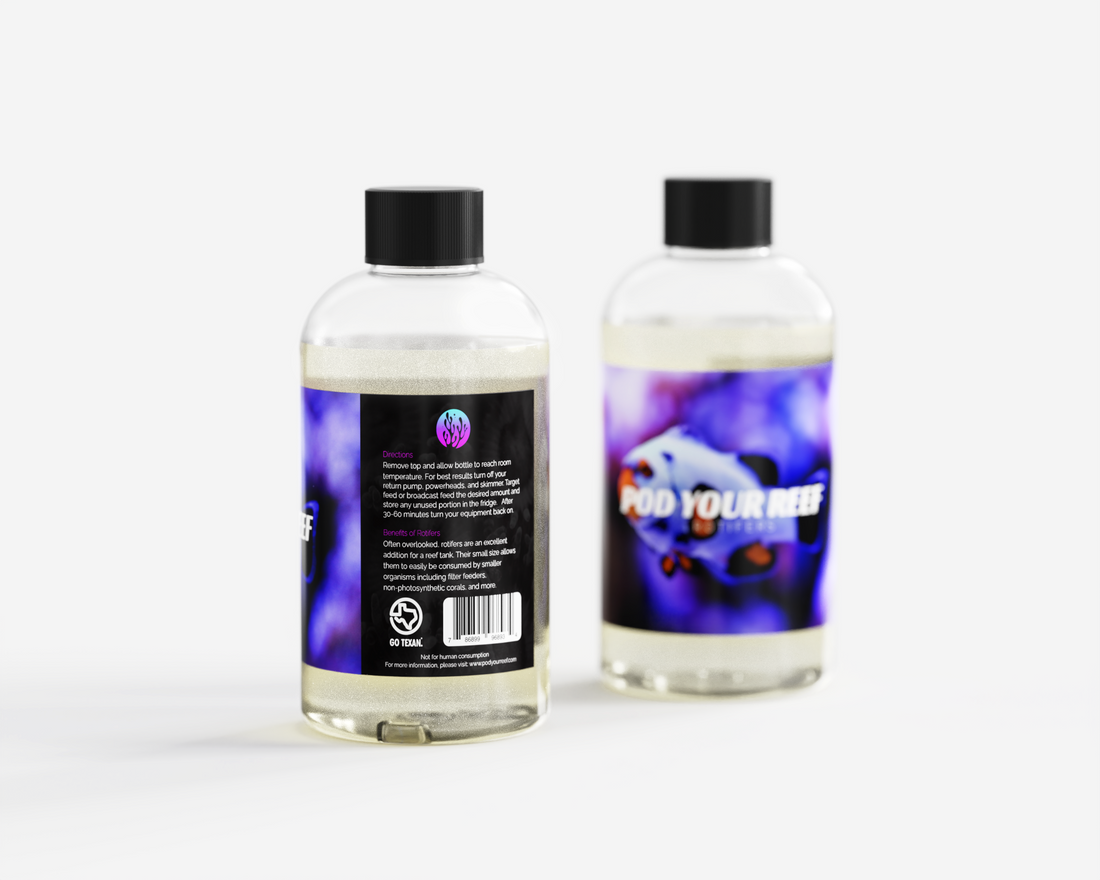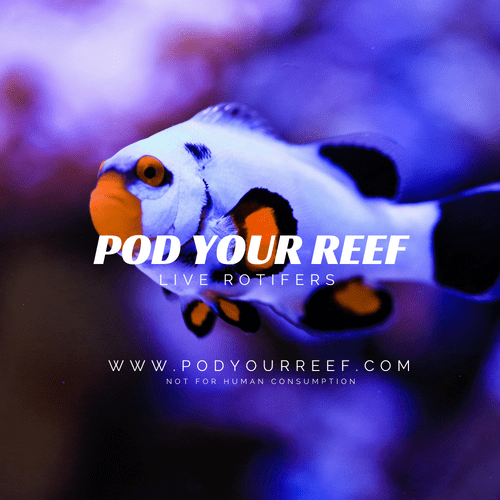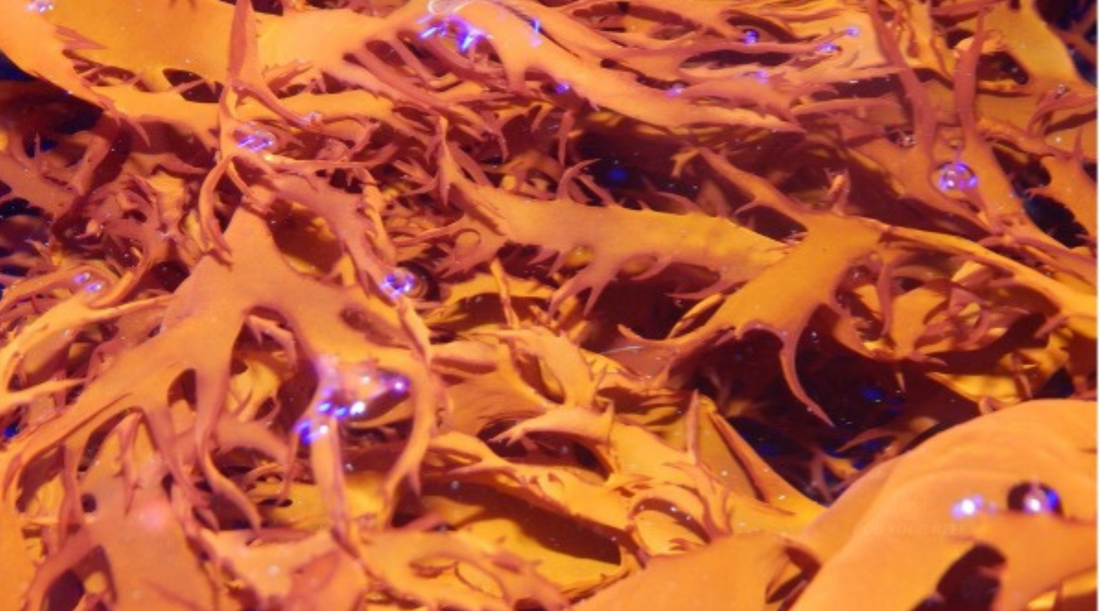
Care
Mastering the Art of Dragon's Breath: Growing Medicinal Halymenia durvillei in the Reef Aquarium
Mastering the Art of Dragon's Breath: Growing Medicinal Halymenia durvillei in the Reef Aquarium
An In-depth look at the macro algae Dragon's Breath
Dragon’s Breath. The name itself inspires romantic imagery. And for good reason, for Dragon’s Breath (Halymenia durvillei) is one of the most conceptually powerful macroalgae available in the reef hobby. This incredible species is a member of the Red Algae (Rhodophyta), making it unique from green (Chlorophyta) ‘sea veggies’ such as Ulva, Chaetomorpha and Caulerpa. This uniqueness is obvious to the novice and adept reefer alike, as Dragon’s Breath stands out from nearly all other macroalgae with its phoenix-red coloration and bold, flame-like architecture.Like all macroalgae, Dragon’s Breath grows through the absorption of nutrients (ammonia/nitrates/phosphates) and therefore promotes the oligotrophic environment needed to successfully house SPS corals and other sensitive reef life. Like other ‘sea veggies’, it also oxygenates its surrounding environment, discouraging the growth of nuisance algae and opportunistic bacteria in doing so. Halymenia durvillei combats such biofouling organisms in a variety of other novel ways as well. Pest cyanobacteria and pathogenic Vibrio sp. can only manifest nuisance/disease if large amounts of cells can communicate together. Various bacteria use molecules known as quorums to signal to one another. Halymenia durvillei is one such organism which has the ability to ‘quorum quench’ disrupting this molecular communication making it extraordinarily difficult for malign microbes to organize. There is also evidence that Halymenia durvillei can dose polysaccharides1 to promote a community of beneficial bacteria species (nitrifying/denitrifying/diazotrophic etc.), contributing further towards overall microbial stability.
The broad-branching ‘flames’ of Dragon’s Breath constitute considerable surface area for copepods to occupy and thrive. There are several variations of Dragon’s Breath (H .durvillei var. formosa, var. ceylanica, var. denudata, var. edentata…) each with its own unique shape and coloration. Some are wispy and feathery, while others are rigid and forked–but all variations of this incredible macroalgae produce precious novel metabolites capable of enriching the stability of the reef aquarium and human health alike!
Medicinal Sea Veggies in the Reef Aquarium
There are plenty of things in the reef aquarium that can prove toxic if not deadly to humans (palytoxin, mycobacteria, cone snail venom, etc..). Yet the ocean is..overall…the provider of indescribable nutrition and health…and so too can the reef aquarium. Halymenia durvillei is a ‘reef veggie’ which perfectly marries ecological stability, beauty and profound nutraceutical value. Arguelles et al 2020 described evidence for Halymenia durvillei extract to have antioxidant, antidiabetic, anti-wrinkling and skin-whitening properties in mammals. Manohong et al 2021 reported the induction of apoptosis2 in lung cancer cells exposed to Dragon’s Breath extract. Sangpairoj et al 2022 reported similar observations in the stable self-destruction of breast cancer cells exposed to Halymenia durvillei. Tassakka et al 2021 even reported the potential for Halymenia durvillei metabolites to inhibit the activity of SARS-CoV-2!
Other healthy attributes to the nutritional profile of Dragon’s Breath include relatively high concentrations of Golden Fats (ARA/EPA/DHA), trace minerals (vitamin A, biotin etc.) and of course novel carotenoid pigments (phycoerythrin, phycobilins etc.). All this quality nutrition can be fed back to the reef as a Dragon's Breath garden grows off waste ammonia, nitrates, phosphates and carbon. Like other Sea Veggies, Dragons Breath will be readily accepted by a wide range of herbivorous reef fish species such as Siganids (Rabbitfish), Acanthurans (Tangs) and herbivorous Blennies (Salarias fasciatus etc.). The nutritional benefits of feeding such high-quality, bioactive forage has the potential to accelerate the growth, increase the immune competency and promote vibrant coloration in a wide variety of reef fish/invert species. Despite its obvious romantic appearance, there are a great many subtle beauties yet to be truly appreciated in this macroalgae.
Conditions to Enhance Growth of Dragon’s Breath (Halymenia durvillei) in the Reef Aquarium
Like most macroalgae species available in the reef aquarium trade, there is likely a significant range of lighting, salinity, flow and other water quality conditions that could support or not support the growth of this species…but overall, the following conditions will likely be met with success:
Lighting:
Between 100-150 PAR–though if acclimated, this species could likely grow at higher intensities. Spectrum of light should contain significant amounts of blue (450-490nm) as red algae are more accustomed to living at moderate depths with partially-attenuated light.
Flow:
Moderate to high flow is necessary to provide sufficient water exchange so that the Dragon’s Breath culture receives a near-constant supply of fresh nutrients from the display tank. Inadequate flow can deprive the macroalgae of sufficient nutrients resulting in reduced growth and duller coloration. Such conditions can also favor the growth of opportunistic bacteria which can infect the macroalgae inducing ‘white-rot’ syndrome. Oftentimes, aquarists/coral farms will deploy enough flow in the refugium so as to gently rotate the Dragon’s Breath constantly. Especially with larger cultures, this keeps the whole seaweed mass free of debris and receiving uniform light exposure.
The Future is Dragon’s Breath
Halymenia durvillei has been aquacultured at scale within its native range, in countries such as the Philippines. Because of its value as a lambda carrageenan/nutraceutical producer, numerous strains of Dragon's Breath have been cultivated. Only a select few strains of this diversity are available to the reef aquarium trade at this time. Coupled with its awesome coloration, unique morphologies, ability to manipulate microbes and rising list of nutritional benefits, Dragon’s Breath is one of the most exciting macroalgae for reefers to play with! It is not only a macroalgae species of significant inherent beauty, but one with many molecular mysteries yet to be applied towards the creation of an ever-more powerful reef aesthetic!
A Note on Buying Clean Macroalgae
The reason I always recommend the purchase of fresh macroalgae culture when starting a new tank, is the security of knowing that your seaweed is free of pests and hitchhikers. Pod Your Reef guarantees that all of its Halymenia is 100% quarantined, treated and pest-free.
Literature Consulted
Abdul Malik, S., Bedoux, G., Robledo, D., García-Maldonado, J. Q., Freile-Pelegrín, Y., & Bourgougnon, N. (2020). Chemical defense against microfouling by allelopathic active metabolites of Halymenia floresii (Rhodophyta). Journal of Applied Phycology, 32(4), 2673-2687.
ARGUELLES, E. Bioactive Properties of Halymenia durvillei Bory 1828 for Pharmaceutical Application: Antioxidant, Antidiabetic, Antiwrinkling and Skin-Whitening Activities. Yuzuncu Yıl University Journal of Agricultural Sciences, 32(1), 57-68.
Boominathan, R., Devanesan, S., AlSalhi, M. S., Balasubramanian, A., Alkhalid, I. Z., Paul, P., & Singh, A. R. (2022). Quorum quenching action of marine red alga Halemenia durvillei on biofilm forming Gram negative bacterial isolates from contact lens. Algal Research, 64, 102693.
Chaiwichien, A., Samrit, T., Osotprasit, S., Kueakhai, P., Sobhon, P., Meemon, K., ... & Changklungmoa, N. (2022). Evaluation of Toxicity and Anti-Oxidation Activity of the Extracts from Halymenia durvillei. Trends in Sciences, 19(6), 3032-3032.
De Smedt, G., De Clerck, O., Leliaert, F., Coppejans, E., & Liao, L. M. (2001). Morphology and systematics of the genus Halymenia C. Agardh (Halymeniales, Rhodophyta) in the Philippines. Nova Hedwigia, 73(3-4), 293-322.
Filaire, E., Vialleix, C., Cadoret, J. P., Guénard, S., Muller, C., Dreux-Zigha, A., & Berthon, J. Y. (2019). Characterization of reactive and sensitive skin microbiota: Effect of Halymenia durvillei (HD) extract treatment. Cosmetics, 6(4), 69.
Freile-Pelegrín, Y., Azamar, J. A., & Robledo, D. (2011). Preliminary characterization of carrageenan from the red seaweed Halymenia floresii. Journal of Aquatic Food Product Technology, 20(1), 73-83.
Kawaguchi, S., Shimada, S., Abe, T., & Terada, R. (2006). Morphological and molecular phylogenetic studies of a red alga, Halymenia durvillei,(Halymeniaceae, Halymeniales) from Indo-Pacific. Coastal Marine Sciences, 30, 201-208.
Manohong, P., Sornkaew, N., Meemon, K., Chumphoochai, K., Sobhon, P., Tamtin, M., ... & Niamnont, N. (2021). Isolation of 3-(Hydroxyacetyl) indole and Indole-3-carboxylic acid from Red Alga Halymenia durvillei: Their anti-lung cancer cell and in vivo anti-aging activity. Asian J. Chem, 33, 775-80.
Rula, N. A. M., Ganzon-Fortes, E. T., Pante, M., Josefa, R., & Trono, G. C. (2021). Influence of light, water motion, and stocking density on the growth and pigment content of Halymenia durvillei (Rhodophyceae) under laboratory conditions. Journal of Applied Phycology, 33(4), 2367-2377.
Sangpairoj, K., Settacomkul, R., Siangcham, T., Meemon, K., Niamnont, N., Sornkaew, N., ... & Vivithanaporn, P. (2022). Hexadecanoic acid-enriched extract of Halymenia durvillei induces apoptotic and autophagic death of human triple-negative breast cancer cells by upregulating ER stress. Asian Pacific Journal of Tropical Biomedicine, 12(3), 132.
Santiañez, W. J. E., Suan-Flandez, H. J., & Trono Jr, G. C. (2016). White rot disease and epiphytism on Halymenia durvillei Bory de Saint-Vincent (Halymeniaceae, Rhodophyta) in culture. Science Diliman, 28(1).
Tassakka, A. C. M. A., Sumule, O., Massi, M. N., Manggau, M., Iskandar, I. W., Alam, J. F., ... & Liao, L. M. (2021). Potential bioactive compounds as SARS-CoV-2 inhibitors from extracts of the marine red alga Halymenia durvillei (Rhodophyta)–A computational study. Arabian Journal of Chemistry, 14(11), 103393.

